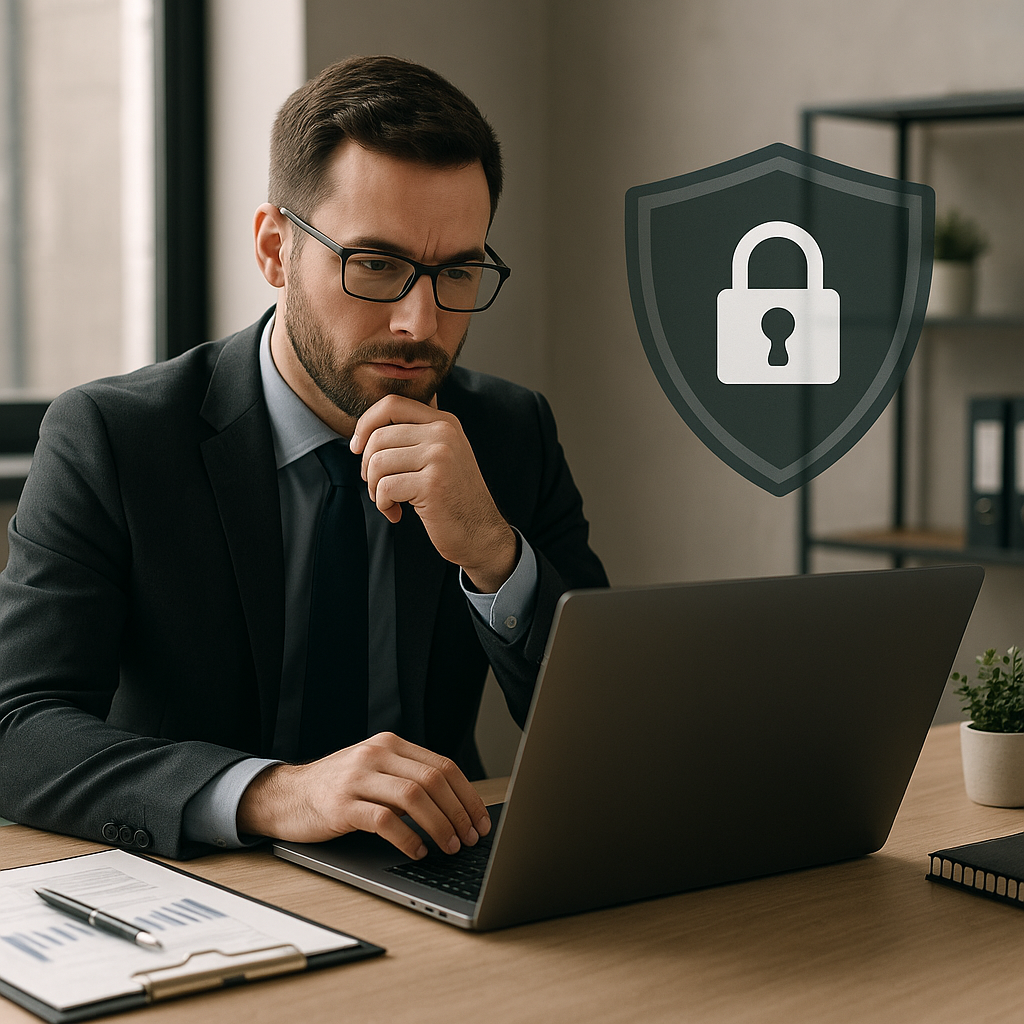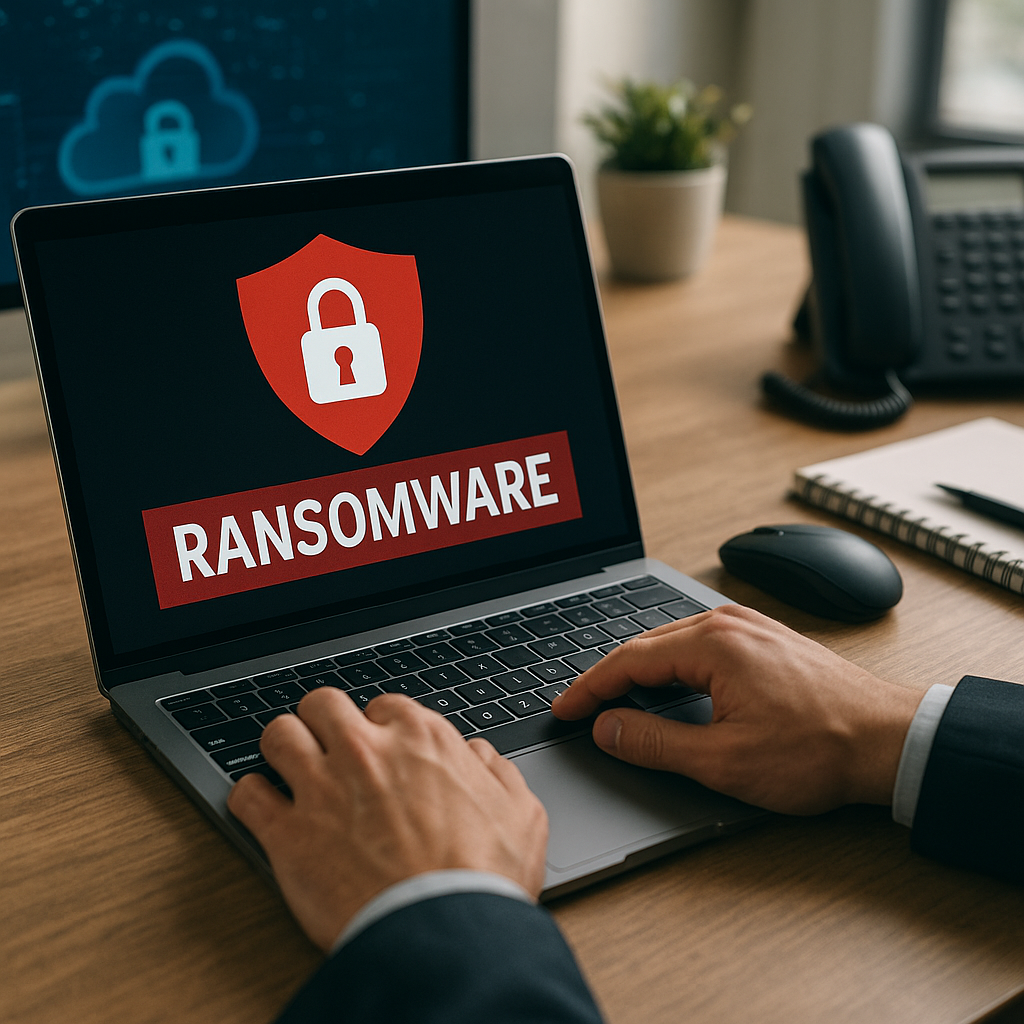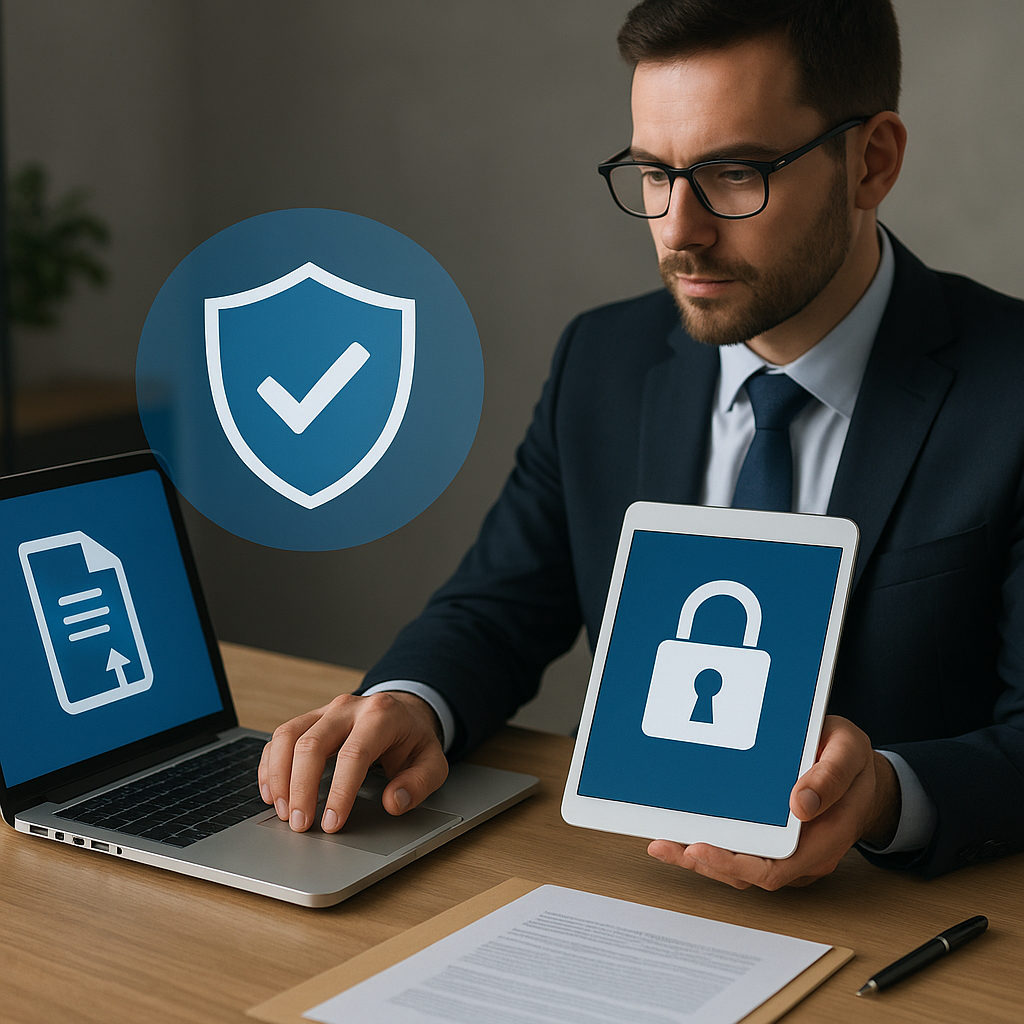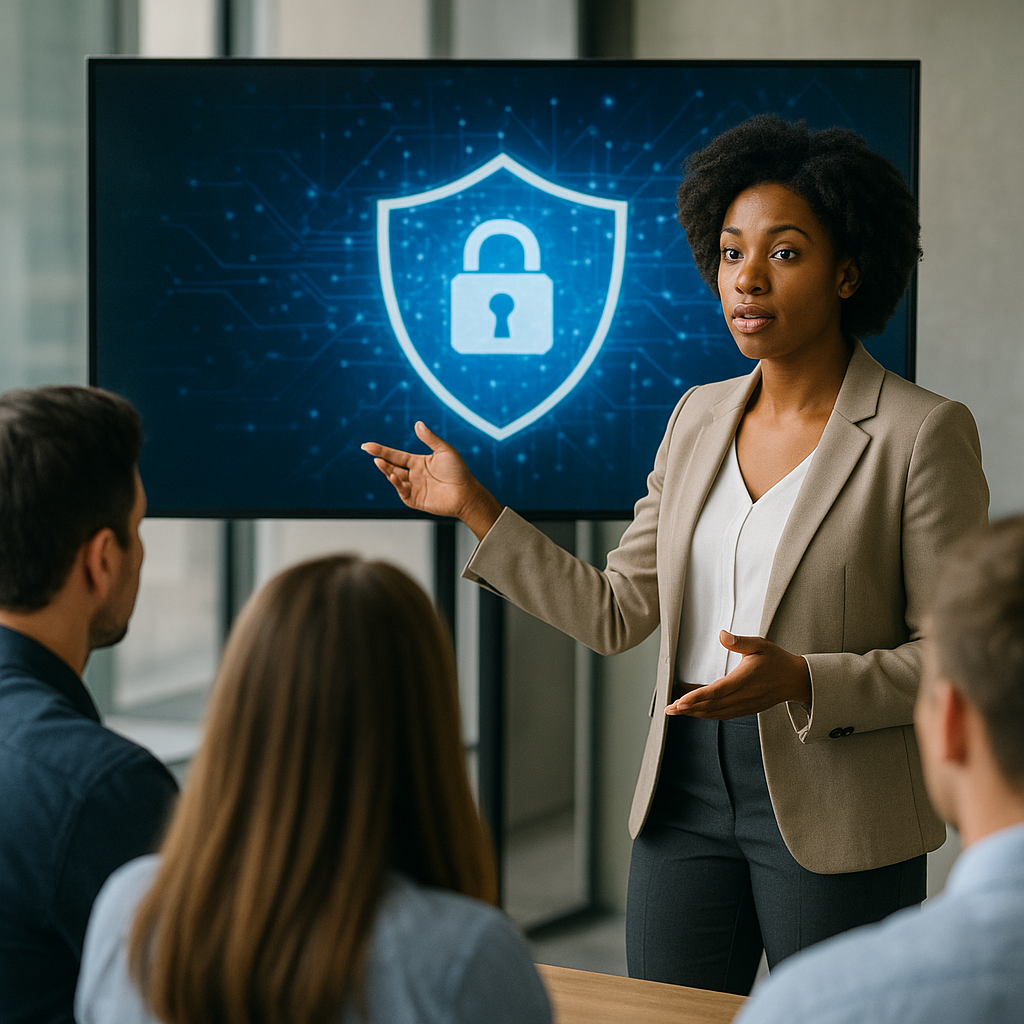Securing your accounts with multi-factor authentication (MFA) is an essential step in protecting your personal and professional information from unauthorized access. As cyber threats continue to evolve, relying solely on passwords is no longer sufficient. MFA adds an extra layer of security by requiring users to provide multiple forms of verification before gaining access to their accounts. This article will explore the importance of MFA, how it works, and practical steps to implement it effectively.
The Importance of Multi-Factor Authentication
In an era where data breaches and identity theft are rampant, the importance of securing online accounts cannot be overstated. Multi-factor authentication serves as a robust defense mechanism against various cyber threats. Here are some key reasons why MFA is crucial:
- Enhanced Security: MFA significantly reduces the risk of unauthorized access. Even if a hacker manages to obtain your password, they would still need the second factor to gain entry.
- Protection Against Phishing: Phishing attacks often target passwords. With MFA, even if a user falls victim to a phishing scheme, the additional authentication step can thwart the attack.
- Compliance Requirements: Many industries have regulations that mandate the use of MFA to protect sensitive information. Implementing MFA can help organizations meet these compliance standards.
- Peace of Mind: Knowing that your accounts are secured with multiple layers of protection can provide peace of mind, allowing you to use online services with confidence.
How Multi-Factor Authentication Works
Multi-factor authentication typically involves three categories of verification factors: something you know, something you have, and something you are. Understanding these categories is essential for grasping how MFA functions:
1. Something You Know
This factor usually refers to a password or a PIN. It is the most common form of authentication. However, passwords can be weak or easily guessed, which is why relying on them alone is insufficient.
2. Something You Have
This factor involves a physical device that the user possesses. Common examples include:
- Smartphones: Many MFA systems send a one-time code via SMS or through an authentication app.
- Hardware Tokens: These are small devices that generate time-sensitive codes for authentication.
- Smart Cards: Used primarily in corporate environments, these cards require a physical swipe or insertion to authenticate.
3. Something You Are
This factor refers to biometric verification methods, such as:
- Fingerprint Scanning: Many smartphones and laptops now come equipped with fingerprint sensors.
- Facial Recognition: This technology uses facial features to authenticate users.
- Iris Scanning: A more advanced biometric method that analyzes the unique patterns in the iris.
By combining these factors, MFA creates a more secure environment for users. Even if one factor is compromised, the other factors still provide a barrier against unauthorized access.
Implementing Multi-Factor Authentication
Implementing MFA is a straightforward process, but it requires careful planning and execution. Here are some practical steps to help you set up MFA for your accounts:
1. Assess Your Accounts
Begin by identifying which accounts hold sensitive information or are critical to your personal or professional life. This may include:
- Email accounts
- Banking and financial services
- Social media platforms
- Cloud storage services
- Work-related accounts
2. Check for MFA Availability
Once you have a list of accounts, check if they offer multi-factor authentication. Most major online services provide this feature, but it may not be enabled by default. Look for security settings or account settings to find the MFA option.
3. Choose Your Authentication Method
Decide which authentication methods you want to use. It is advisable to use a combination of factors for maximum security. For example, you might choose to use a password (something you know) along with a one-time code sent to your smartphone (something you have).
4. Enable MFA
Follow the instructions provided by the service to enable MFA. This process may vary depending on the platform, but it typically involves:
- Accessing the security settings of your account
- Selecting the option to enable multi-factor authentication
- Choosing your preferred authentication method(s)
- Verifying your identity using the selected method(s)
5. Backup Codes
Many services provide backup codes when you enable MFA. These codes can be used if you lose access to your primary authentication method. Store these codes in a secure location, such as a password manager or a physical safe.
6. Regularly Review Your Security Settings
Security is not a one-time task. Regularly review your account security settings and update your authentication methods as needed. If you change your phone or lose access to your authentication method, make sure to update your MFA settings accordingly.
Common Challenges and Solutions
While implementing multi-factor authentication is beneficial, users may encounter challenges. Here are some common issues and their solutions:
1. Losing Access to Your Authentication Method
One of the most significant challenges is losing access to your primary authentication method, such as your smartphone. To mitigate this risk:
- Always have backup codes stored securely.
- Consider using multiple authentication methods (e.g., an app and SMS).
- Set up recovery options provided by the service.
2. Inconvenience
Some users may find MFA inconvenient, as it adds extra steps to the login process. To address this:
- Choose authentication methods that are quick and easy to use, such as biometric options.
- Use trusted devices to reduce the frequency of MFA prompts.
3. Compatibility Issues
Some older devices or applications may not support MFA. In such cases:
- Check for updates to the software or device.
- Consider using alternative services that offer MFA support.
Conclusion
Securing your accounts with multi-factor authentication is a vital step in safeguarding your personal and professional information. By understanding the importance of MFA, how it works, and the steps to implement it, you can significantly reduce the risk of unauthorized access. While challenges may arise, the benefits of enhanced security far outweigh the inconveniences. Embrace multi-factor authentication as a fundamental aspect of your online security strategy, and enjoy the peace of mind that comes with knowing your accounts are well-protected.




